Author Archive: Robert Mason
Monthly Archive: December Robe
Safavid Tile Project II: Rebuilding the Friezes

The ROM's Wirth Gallery of The Middle East is blessed with two complete friezes of cuerda seca tiles that would have been in the spandrels of arches. These were made in Iran in the last third of the 17th century under the Safavid dynasty, probably in Isfahan. They were bought by the ROM in 1974 by Curator Lisa Golombek together with a number of other tiles that make up parts of these friezes, or sometimes individual tiles.
Safavid Tile Project I: The Technology
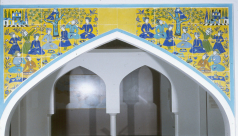
Some of the most noticeable objects in the ROM's Wirth Gallery of The Middle East are two friezes of tiles that would have been in the spandrels of arches. These were made in Iran in the last third of the 17th century under the Safavid dynasty, probably for a palatial building in Isfahan. The ROM also has parts of other spandrel friezes, and also some stray tiles that belong to yet other friezes. In order to understand these objects more fully, ROM staff have been undertaking research on the tiles.
Go with the Flow: Technology & Early Glass
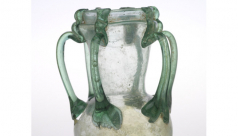
Glass is probably the most fluid of solids. Looking at blown glass, such as that in the ROM's Chihuly exhibition, is like watching movement made still. If you look carefully at the handles of the perfectly preserved handles of this Roman glass vase from Syria (above), it looks as though it is still a fluid, still dynamically moving along its flow. In a way, that is because it is. Glass essentially has the atomic structure of a fluid, but it has been so rapidly cooled that it is essentially stuck in that condition.
My Favourite Object: A "Tell Minis" Style Lustre-Ware Bowl
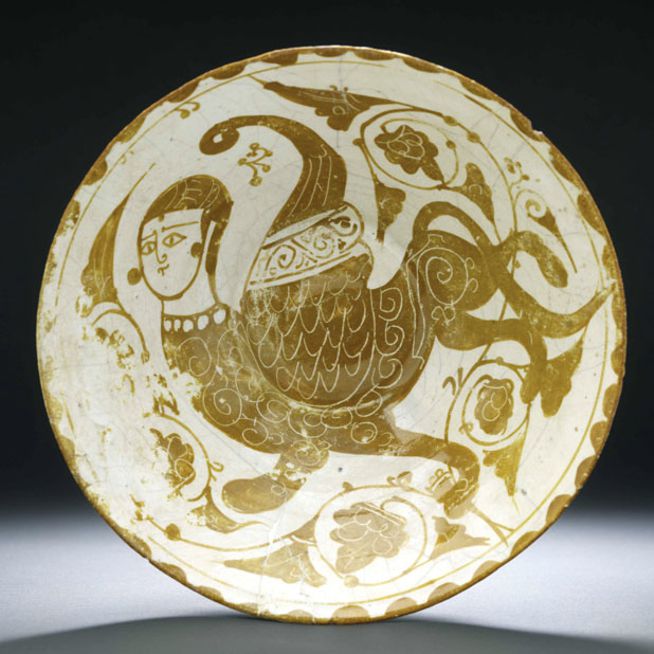
Year of the Sheep, Goat or Ram?
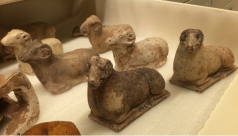
Beginning on February 19th 2015 and ending on February 7th 2016 is the Year of the Sheep, or Goat, or Ram in the Chinese calendar. No other year of the Chinese lunar calendar seems to create quite so much confusion as the Year of the Sheep/Goat/Ram. The confusion probably stems from the Chinese term for all of these characters: "Yang". Hence in Chinese, Year of the Yang works perfectly, there is no confusion, and you can use any member of the caprinae subfamily (which includes sheep and goats) to figurally represent the year. However, in English we are left with this confusion.
The Monastery of St Moses, Syria: The Prehistoric Remains
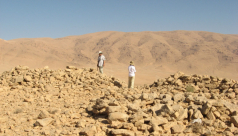
Since 2004 I had walked the Qalamoun mountains around the monastery of Deir Mar Musa looking for archaeological features to record. In all that time I found one lithic, a stone tool from humanity’s prehistoric past. My colleagues back home that specialised in these objects would say that I just didn’t know what I was looking for. In the last days of the 2009 season, what turned out to be my last season at the monastery, I thought I would reconnoitre the southern part of the field area.
Walking a half-Marathon as the Herculaneum soldier
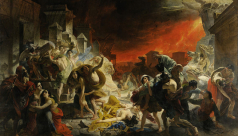
Probably on October 24th in 79 AD a large group of people congregated on the beach at the seaside town of Herculaneum, in Italy. They were presumably trying to take ship to gain distance from Mount Vesuvius, which had been raining ash and rocks on the city, and the neighbouring town of Pompeii, all day. But suddenly, a massive cloud of red-hot ash swept down from the volcano directly towards Herculaneum. Studies of the skeletons on the beach show that they were mostly males, with women and children huddling in boathouses by the shore. One man in particular was a soldier.
The Monastery of St Moses, Syria: The Buildings
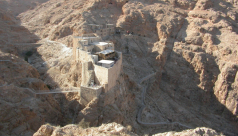
The monastery of Deir Mar Musa in its heyday included hermitages spread around the landscape, but as today, the focus of the complex would have been the buildings, especially the chapel, home to the important frescos. The archaeology of standing buildings requires looking at walls to see how they are made, and how they relate to each other. One structure may clearly be seen as one that came first, with later structures abutting on to it. Different phases may be made of different materials, or the same material worked in a different way.
The Monastery of St Moses, Syria: The Cave Survey
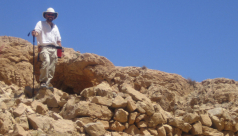
The monastery at Deir Mar Musa would not have just comprised the main buildings, the monks would actually have been dispersed in hermitages across the landscape.
The Monastery of St Moses, Syria: The Frescoes
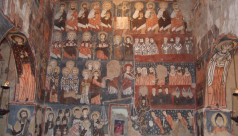
The third in a series on the monastery of St Moses in Syria comprises a detailed examination of the important cycle of 11th-12th century frescoes found in the chapel.
